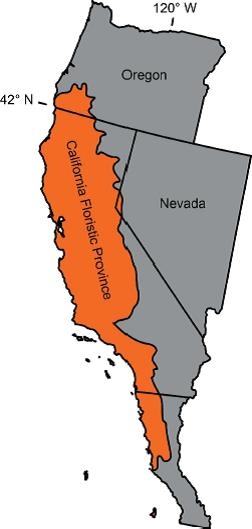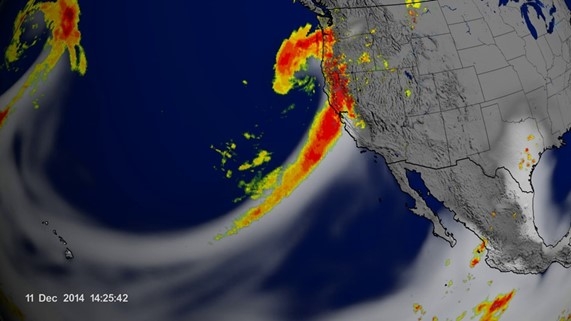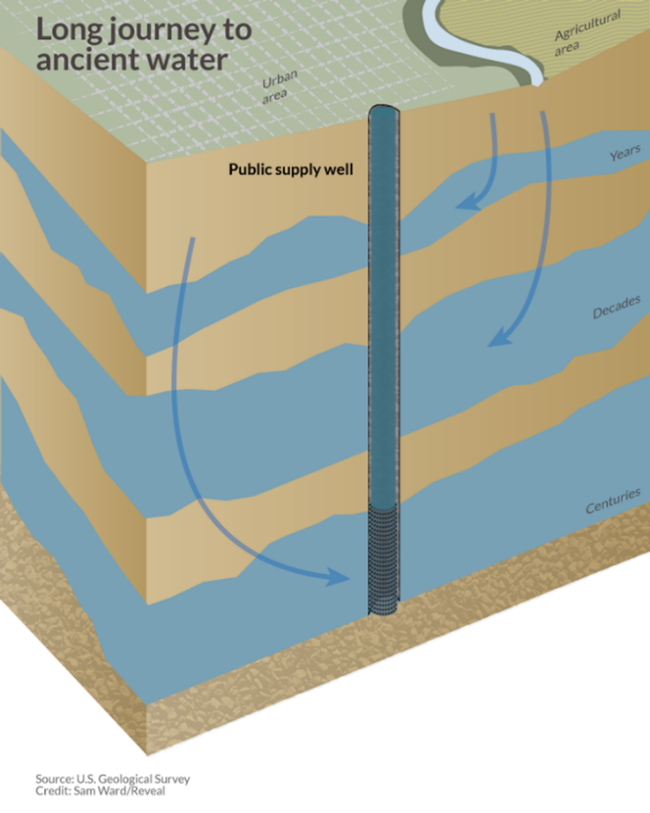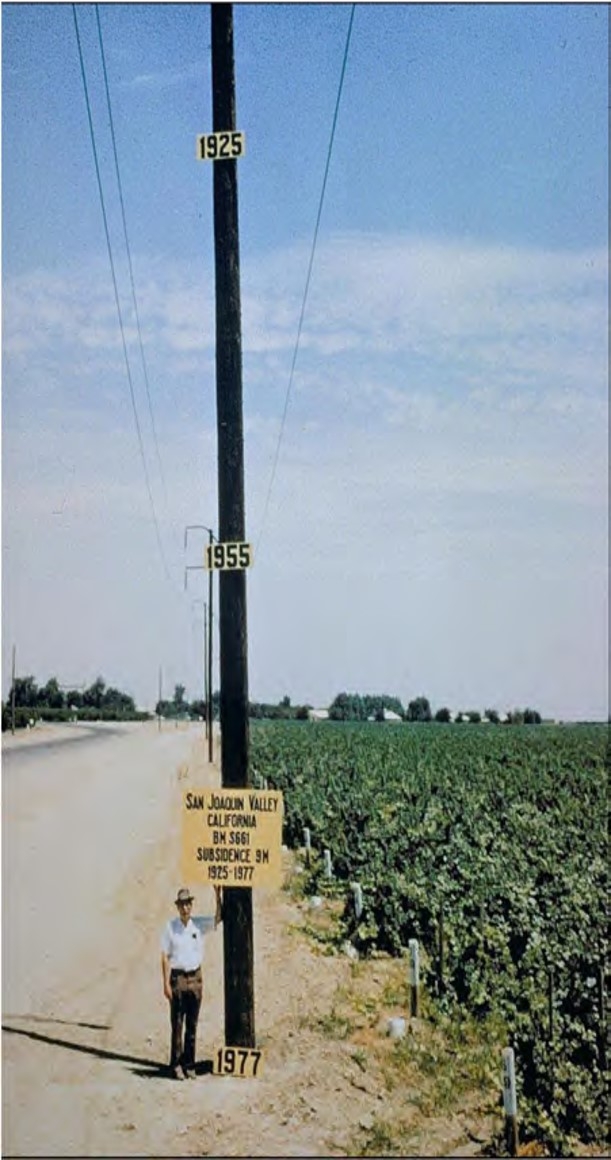By Laura Lukes, Butte County Master Gardener, October 7, 2016.

Gardening Within Our Means explores climate trends, and what they mean for our future. It's a well-researched, careful analysis of our Mediterranean climate, historic climate patterns, and water supply.
Alosi says that “climate change and the ongoing California dry period has produced a wealth of graphical information. I became intrigued with this information and how it related to gardening in California.” Her interest was whetted further when she heard the term “fake rain” used to refer to irrigation.
California: A Floristic Hotspot in a Mediterranean Climate
“We live in a ‘Hotspot' - the California Floristic Provence. It's one of five Mediterranean climates, all characterized by long, hot, dry summers” says Alosi. Given the variable nature of California rainfall, “our tradition of landscaping has not been climate appropriate.”
A “Hotspot” is rich in biodiversity and also threatened with destruction. Hotspots support half of all plant and animal species on Earth. The California Floristic Province stretches from southwest Oregon to northern Baja, and from the coast to the Sierra Nevada.
Atmospheric Rivers

Water Supply, Temperatures, and Groundwater
One-third of our annual supply of water comes from the Sierra Nevada snowpack. Alosi's research shows that “we are facing a decrease in future snowpack due to climate change and higher temperatures.”
Satellite photos show enormous decreases in the Sierra Nevada snowpack from 2011 to 2014. The winter of 2015 most likely gave us the lowest snowpack in 500 years. That year also was the hottest year ever recorded. The combination of low precipitation and high temperatures is especially damaging to our groundwater supplies. “And 2016 is on pace to be the hottest year yet,” adds Alosi.
In California, groundwater normally provides 40% of our water needs. In dry years, groundwater accounts for 50% to 75% of our water use.

Recent statistics show that some aquifers in California have been depleted by up to 50%. In some areas we've consumed twice as much groundwater as has been replenished through rain and snow.
Subsidence
Depleting groundwater storage has one important potential net result: Subsidence. The land surface sinks, reducing an aquifer's ability to store water.
The ground deep beneath our feet is filled with sediment, layers of clay, sand, and gravel from ancient lakes and streams. These layers hold water. In some areas, a layer of clay separates the shallow groundwater storage pockets from deeper aquifers. Over-pumping deeper formations can compress clay layers,due to the weight of the overlaying land, and they can permanently lose some of their ability to hold water. This has been particularly problematic on the west side of the San Joaquin Valley.
In economic terms, the damage to our infrastructure can amount to hundreds of millions of dollars: subsidence can damage canals that transfer water to the south; buckle roads and bridges; cause pipeline damage; and create fissures and depressions in the land itself.
How Did We Get Here?

Beginning in the 1850's, people from the Eastern US began to settle in California in large numbers, arriving with their favorite seeds and plants, and later importing exotic plants. The landscape style brought to California by emigrants originated primarily in northern Europe – where it not only rains a lot, but rains throughout the year.
Developments in drilling, pumping, and electrification resulted in irrigation with cheap, plentiful water, and unsustainable Eastern-style landscapes became the norm. In a few decades, the dry California landscape was transformed into lawns and thirsty ornamental plants.
Where Do We Go from Here?
When asked what she would like people to learn from her research, Alosi responded as follows:
“Current irrigation practices and our landscape design are not sustainable. And what scares me is that based on historical rainfall data, we are in a wet period! We've only gotten by because of our groundwater supply. Once that's gone, we're out of luck. The resources to maintain the current state of landscaping are dwindling quickly.
“Historically, no one really knew the state of our groundwater supply. With the scientific tools we have now, we have a better grasp of our conditions. Satellite images and tree ring analyses give us a much better sense of climate trends, and how they all interact. The latest technology allows us to understand what's going on with groundwater."
“What I find encouraging is that we are witnessing a move to a more sustainable model – lawn conversions, native plants, and the like. Social change moves slowly. But it's starting. And, by understanding our climate, we can, hopefully, learn to garden within our means.”
See Understanding Our Climate: Gardening Within Our Means:
- October 12, at OLLI's General Meeting at the Masonic Center. For more information, visit http://rce.csuchico.edu/event/2016-10/olli-2016-fall-general-meeting
- November 2, at the Master Gardeners Fall Workshop Series at the Demonstration Garden at Patrick Ranch. Registration is required at http://ucanr.edu/sites/bcmg/events/Workshops/
- November 21, at the Chico Horticultural Society Meeting. For more information, visit http://www.chicogardenclub.com/
- To schedule a showing of this presentation for your group, please contact the Butte County Master Gardener Office at 538-7201.